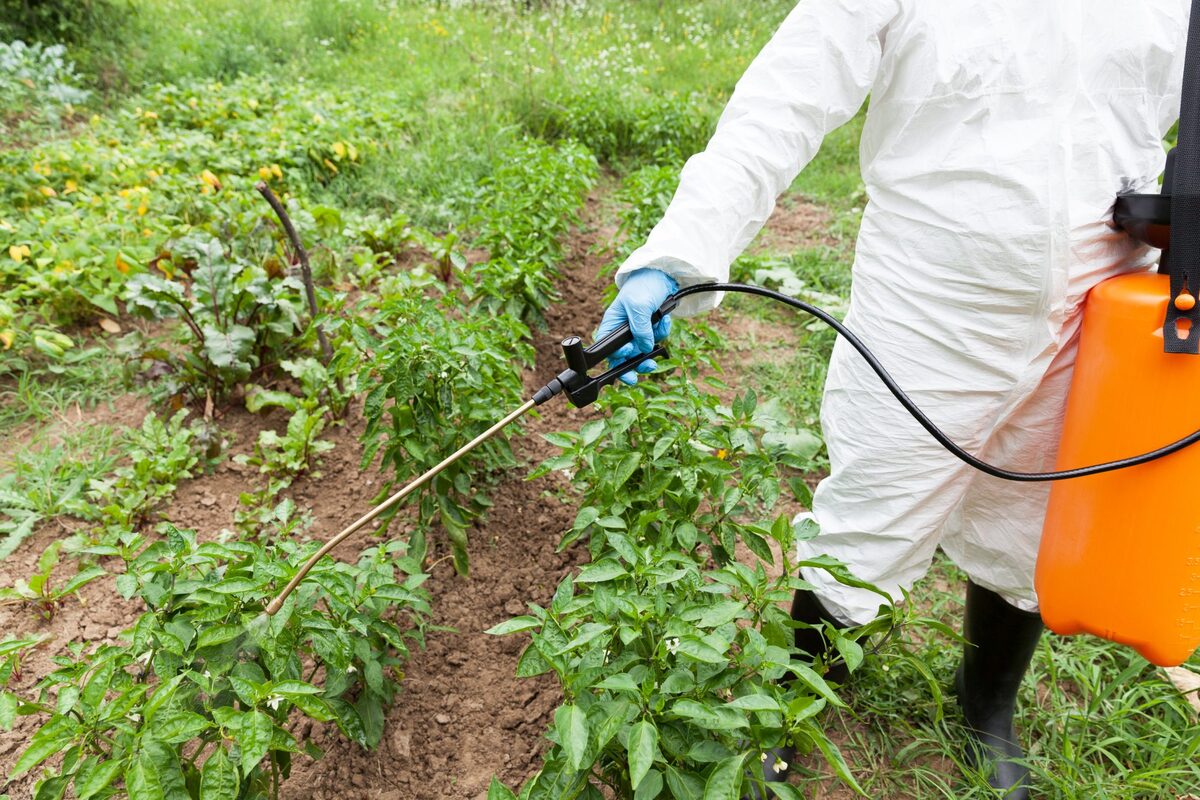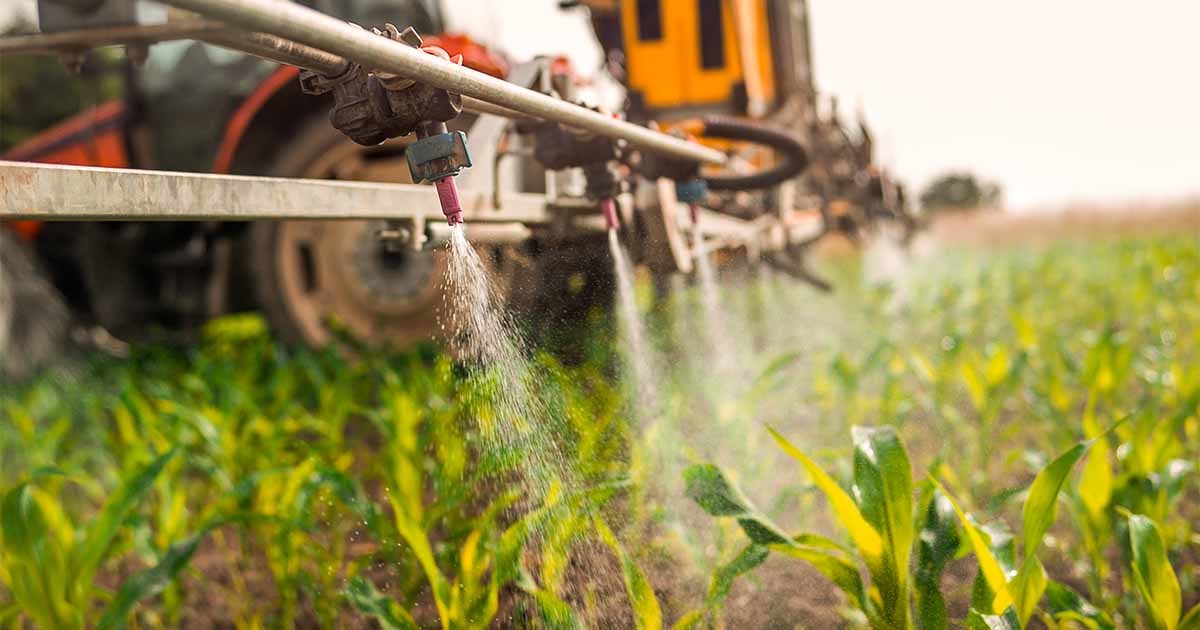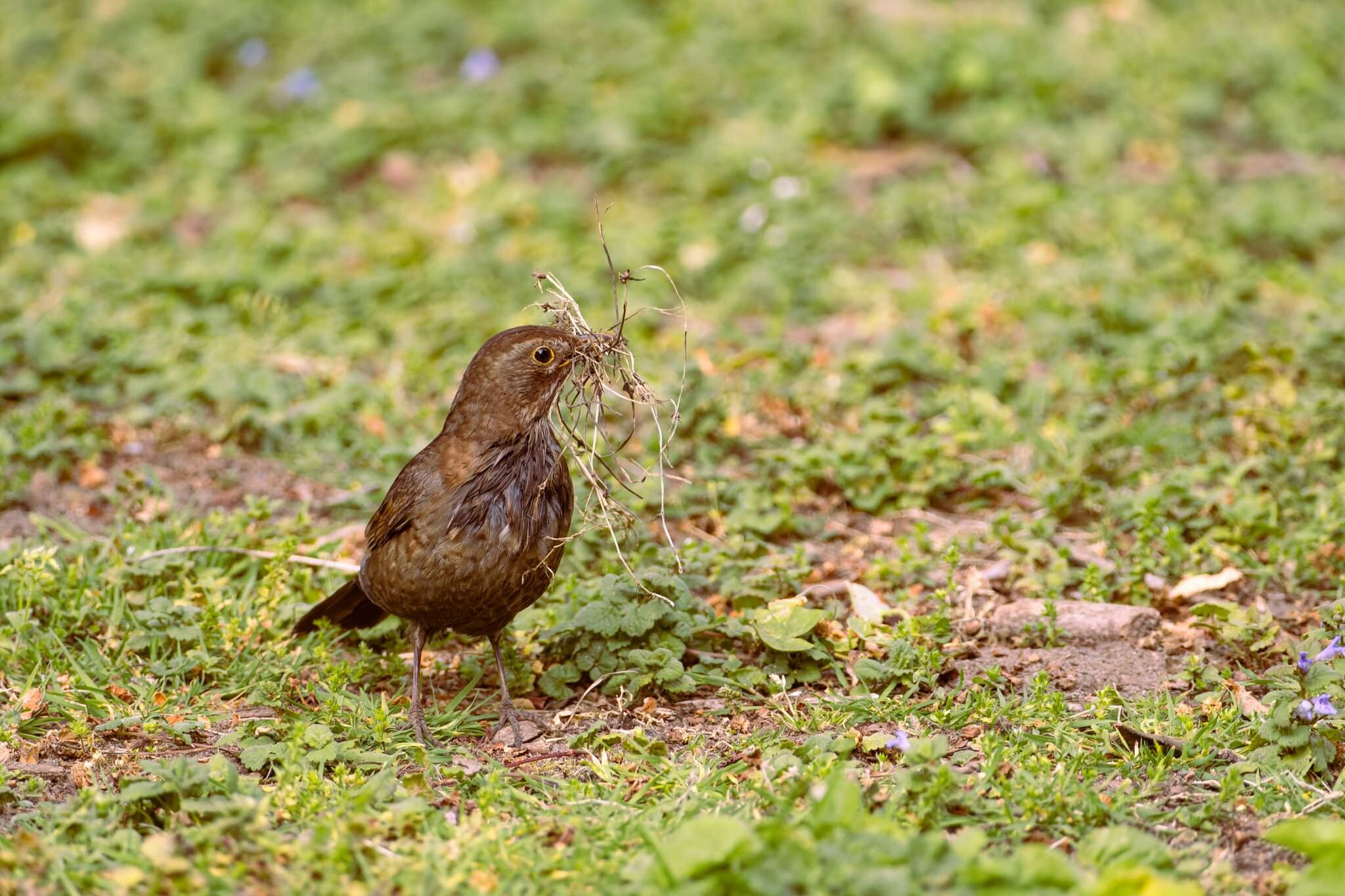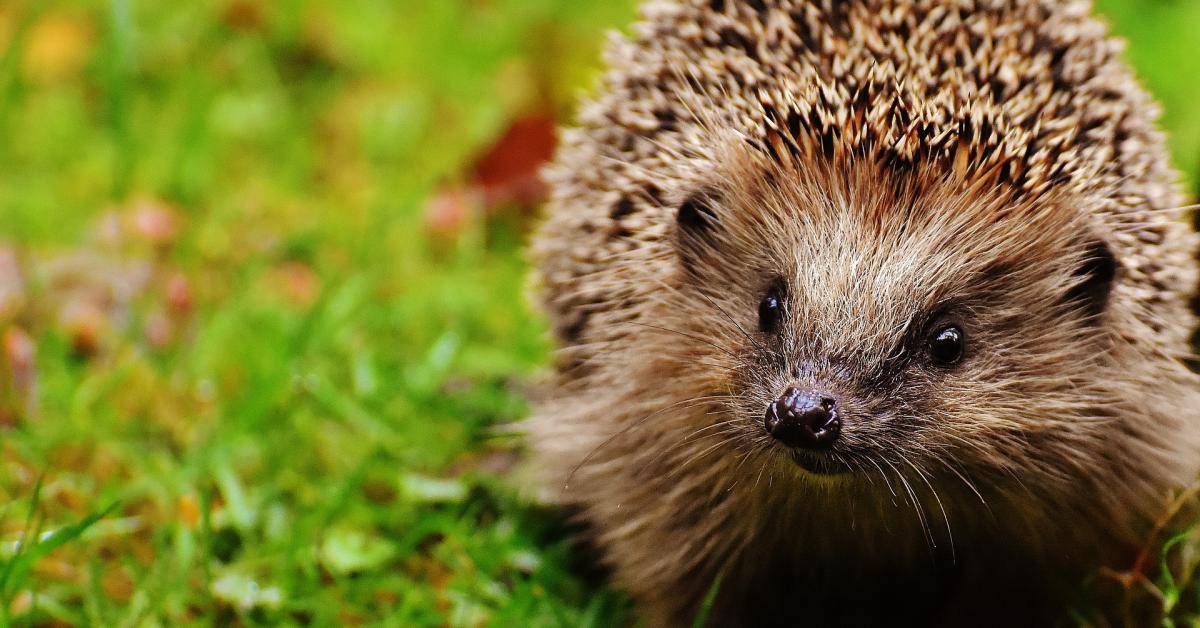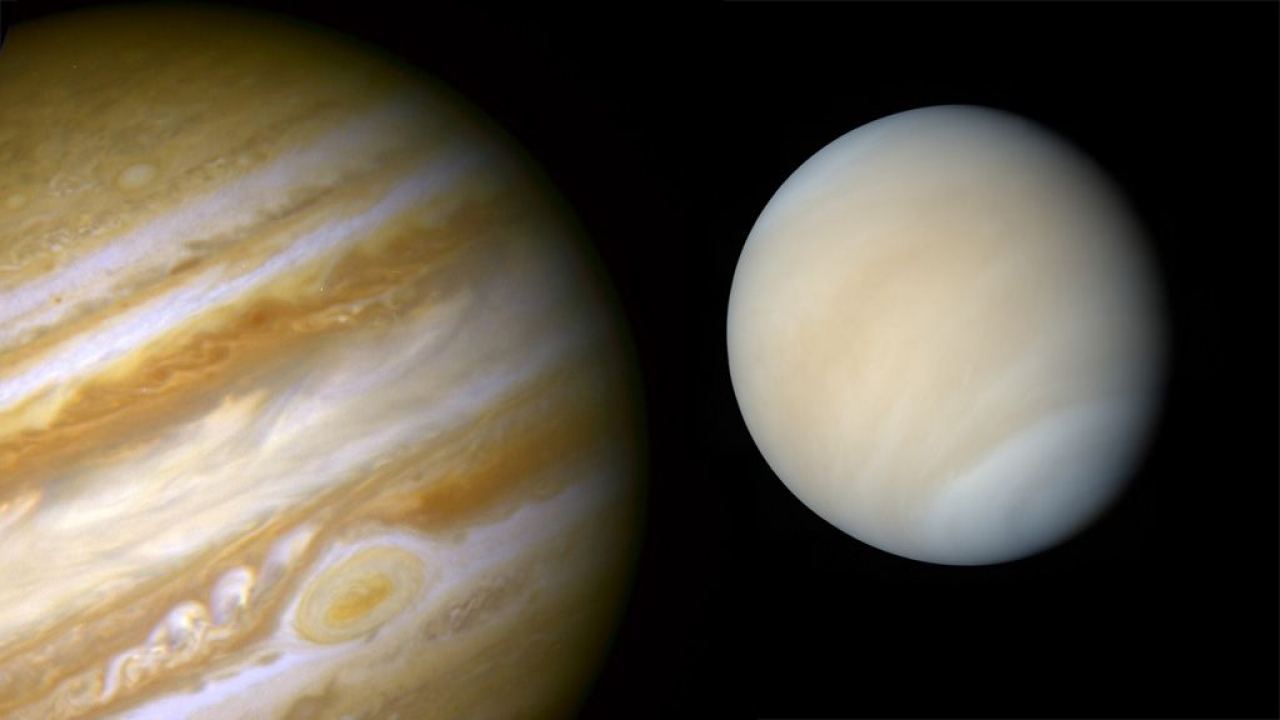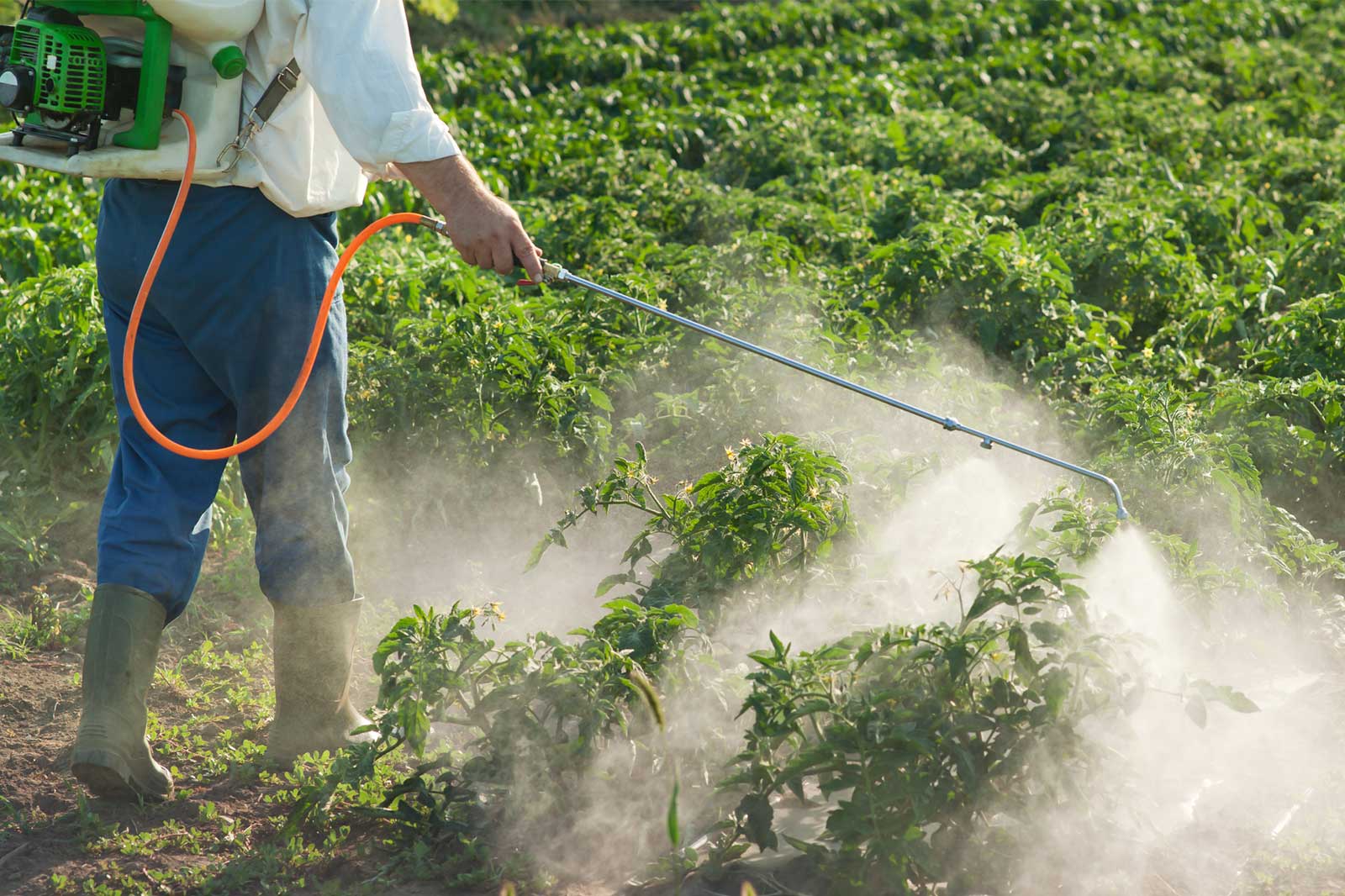Home>Gardening News and Trends>Latest News>What Effect Of Pesticides On Birds Can Be Interpreted From The Graph Below:?


Latest News
What Effect Of Pesticides On Birds Can Be Interpreted From The Graph Below:?
Published: November 27, 2023
Discover the latest news on the effect of pesticides on birds through the insightful graph below. Explore the potential impacts and implications for bird populations.
(Many of the links in this article redirect to a specific reviewed product. Your purchase of these products through affiliate links helps to generate commission for Chicagolandgardening.com, at no extra cost. Learn more)
Table of Contents
Introduction
The use of pesticides in agriculture and other industries has long been a topic of concern due to its impact on the environment and wildlife. Birds, in particular, are vulnerable to the effects of pesticides as they can directly or indirectly come into contact with these chemicals. In recent years, there has been a growing interest in understanding the relationship between pesticide use and bird populations.
This article will explore the analysis of a graph depicting the effect of pesticides on bird populations. By examining the data presented in the graph and interpreting its implications, we can gain valuable insights into the potential effects of pesticides on birds. We will also discuss possible causes for the observed trends and their implications for bird conservation.
Understanding the impact of pesticides on bird populations is crucial for several reasons. Birds play a vital role in ecosystems, including pest control, seed dispersal, and pollination. Changes in bird populations can have cascading effects on other species and ecological processes. Furthermore, birds are often considered bio-indicators, meaning that their population trends can reflect the overall health of an ecosystem.
By analyzing the relationship between pesticide use and bird populations, we can identify potential threats to bird populations and develop strategies to mitigate these risks. This knowledge can inform policy decisions, agricultural practices, and conservation efforts aimed at protecting bird species and their habitats.
In the following sections, we will delve into the details of the graph analysis and interpretation. We will explore the observed effects of pesticides on bird populations and discuss the factors that contribute to these trends. By examining the available data and considering the broader context, we can gain a comprehensive understanding of the complex relationship between pesticides and birds.
Graph Analysis
The graph presented below depicts the relationship between pesticide use and bird populations over a specific time period. The x-axis represents the years, while the y-axis represents the bird population index. The data points on the graph indicate the bird population index for each year.
Upon examining the graph, several patterns and trends become apparent. Initially, the bird population index shows a relatively stable trend, with minor fluctuations in the early years. However, around the midpoint of the time period, there is a significant decline in the bird population index. This decline continues for several years before a slight recovery is observed towards the end of the time period.
It is important to note that the decline in the bird population index coincides with an increase in pesticide use. As pesticide usage increases, there is a noticeable decrease in the bird population index. This observation raises concerns about the potential negative impacts of pesticides on bird populations.
The graph also reveals that the recovery of the bird population index does not fully restore it to its initial levels. This suggests that even after a decrease in pesticide use or other mitigating factors, it may take some time for bird populations to recover to their previous numbers.
The relationship between pesticide use and bird populations depicted in the graph highlights the potential harm that these chemicals can cause to bird species. Pesticides can have direct effects on birds, such as poisoning or reproductive impairments. They can also have indirect effects by contaminating the bird’s food sources or disrupting their habitats.
It is important to consider other factors that may have influenced the bird population trends depicted in the graph. Environmental changes, habitat loss, climate variations, and other human activities can also impact bird populations. However, the correlation between pesticide use and the decline in the bird population index suggests that pesticides likely play a significant role in the observed trends.
In the following sections, we will delve into the interpretation and discussion of the implications of these findings. By considering the potential causes and consequences, we can gain a better understanding of the complex relationship between pesticides and bird populations.
Effect of Pesticides on Bird Population
The graph analysis has shown a concerning correlation between pesticide use and the decline in bird populations. It is important to further explore the specific effects of pesticides on bird populations to understand the underlying causes of these trends.
1. Direct Toxicity: Pesticides can have direct toxic effects on birds. Some pesticides are highly toxic and can cause immediate harm or even death to birds if ingested or absorbed through their feathers. This direct toxicity can lead to declines in bird populations, especially in areas with high pesticide use.
2. Reproductive Impairments: Pesticides can also impact bird reproduction. They may interfere with hormone production or disrupt the reproductive process, resulting in a decrease in successful nesting and hatching rates. This can lead to a decline in the overall bird population over time, as fewer offspring are being produced.
3. Contamination of Food Sources: Birds rely on insects, seeds, and other small organisms as their primary food sources. When pesticides are used in agricultural areas, these food sources can become contaminated. If birds consume contaminated food, they may experience adverse health effects, reduced fertility, or nutritional deficiencies, all of which can contribute to decreased bird populations.
4. Habitat Disruption: Pesticides can also disrupt bird habitats. Birds rely on specific vegetation and ecosystem conditions for nesting, foraging, and shelter. When pesticides are applied to agricultural areas or nearby natural habitats, they can cause vegetation loss, alter the availability of food sources, and disturb nesting sites. These habitat disruptions can lead to a decline in bird populations, as birds struggle to find suitable habitats to survive and reproduce.
The cumulative effects of these factors can contribute to the observed decline in bird populations depicted in the graph. The graph analysis suggests that as pesticide use increases, bird populations decrease, indicating a significant impact on their overall survival and reproductive success.
It is crucial to consider these effects when developing and implementing pesticide regulations and agricultural practices. By reducing pesticide use, implementing alternative pest control methods, and promoting habitat conservation, we can mitigate the negative effects of pesticides on bird populations and work towards maintaining healthy and thriving bird communities.
In the next section, we will interpret the graph and discuss the potential causes for the observed trends. By analyzing the available data and considering other contextual factors, we can gain a deeper understanding of the relationship between pesticides and bird populations.
Interpretation of the Graph
The graph presented provides valuable insights into the relationship between pesticide use and bird populations. By interpreting the data, we can better understand the implications of the observed trends.
The graph clearly indicates a negative trend between pesticide use and bird populations. As pesticide usage increases over time, there is a noticeable decline in the bird population index. This relationship suggests a strong correlation between pesticide use and the decrease in bird populations.
The decline in bird populations is particularly concerning as it signifies potential harm caused by pesticides. It is crucial to interpret this graph within the broader context of factors that can influence bird populations, such as habitat loss, climate change, and other human activities. However, the evident correlation between pesticide use and bird population decline points to pesticides as a significant contributing factor.
The graph also showcases a noticeable recovery of the bird population index towards the end of the time period. Although this recovery is positive, it is important to note that the bird population does not fully recover to its initial levels. This lack of complete recovery indicates that even after reducing pesticide use or implementing other mitigating factors, it takes time for bird populations to rebound.
Additionally, the fluctuations in the bird population index prior to the significant decline indicate the presence of other influencing factors. These fluctuations can be attributed to various environmental changes, natural population dynamics, or human activities other than pesticide use. The graph highlights the need to consider and understand the multifaceted nature of factors that affect bird populations.
By interpreting the graph, we can conclude that there is a clear association between pesticide use and the decline in bird populations. This interpretation emphasizes the need for further investigation and action to address the negative impact of pesticides on avian species.
In the following section, we will discuss and analyze possible causes for the observed trends, considering the interplay between pesticide use and other factors. By examining these causes, we can gain a deeper understanding of the complex relationship between pesticides and bird populations.
Discussion of Possible Causes
The correlation between pesticide use and the decline in bird populations depicted in the graph raises important questions about the potential causes of these trends. While pesticides are likely a significant contributor, it is crucial to consider other factors that may interact with pesticide use to impact bird populations.
1. Habitat Loss: One potential cause of the decline in bird populations is habitat loss. As human activities, such as urbanization and agricultural expansion, continue to encroach upon natural habitats, birds face a loss of suitable nesting sites and food sources. The combination of habitat loss and pesticide use can have a compounding effect, further exacerbating the challenges faced by bird populations.
2. Climate Change: Climate change can also have an impact on bird populations. Changes in temperature, precipitation patterns, and seasonal shifts can disrupt the availability of food sources and alter migratory patterns. When coupled with the stressors of pesticide exposure, birds may struggle to adapt and sustain healthy populations.
3. Synergistic Effects: It is important to consider the potential synergistic effects of different pesticides and chemicals. Birds are often exposed to multiple pesticides simultaneously, and the combined effects of these substances may be more detrimental than individual exposures. The interaction between different chemicals and their impacts on bird populations require further research and understanding.
4. Limited Genetic Diversity: In some cases, the decline in bird populations may be attributed to limited genetic diversity. Pesticides can affect the genetic health of bird populations, reducing their ability to adapt and withstand environmental changes. This can make them more susceptible to the negative effects of pesticide exposure, further contributing to population decline.
5. Policy and Regulation: The effectiveness of pesticide regulations and policy frameworks can influence the impact of pesticides on bird populations. Strong, evidence-based regulations that promote the use of safer alternatives and the adoption of sustainable agricultural practices can help mitigate the harm caused by pesticides.
It is important to acknowledge that the causes of the observed trends in bird populations are likely multifactorial, with interactions between pesticide use and other environmental stressors. It is necessary to continue research efforts to fully understand the exact mechanisms and complexities of these interactions.
By addressing these causes and understanding the interplay between pesticide use and other factors, we can develop comprehensive strategies to protect bird populations. This includes promoting sustainable agricultural practices, preserving and restoring habitats, and implementing effective pesticide management strategies.
In the next section, we will conclude by summarizing the key findings and emphasizing the importance of conservation efforts to safeguard bird populations in the face of pesticide use and other threats.
Conclusion
The analysis of the graph depicting the effect of pesticides on bird populations highlights a significant correlation between pesticide use and the decline in bird populations. The graph showcases a clear negative trend, with increasing pesticide usage coinciding with a decrease in the bird population index. This observation underscores the potential harm that pesticides can have on bird species.
The interpretation of the graph suggests that pesticides can have direct toxic effects on birds, impair their reproductive capabilities, contaminate their food sources, and disrupt their habitats. These factors, combined with other influences such as habitat loss and climate change, contribute to the observed decline in bird populations.
While the graph shows a slight recovery of the bird population index towards the end of the time period, it is important to note that the population does not fully recover to its initial levels. This emphasizes the persistent impact of pesticides on bird populations, even when pesticide use is reduced or other mitigating factors come into play.
Discussion of possible causes highlighted the interplay between pesticide use and other factors such as habitat loss, climate change, synergistic effects of multiple chemicals, and limited genetic diversity. These factors further intensify the challenges faced by bird populations and emphasize the need for comprehensive conservation efforts.
To address the decline in bird populations and mitigate the harmful effects of pesticides, it is crucial to implement sustainable agricultural practices, promote habitat conservation and restoration, and strengthen pesticide regulations and policies. These measures can help protect bird species and their ecosystems, ensuring their long-term survival and ecological role.
In conclusion, the analysis and interpretation of the graph underscore the detrimental impact of pesticides on bird populations. Understanding the relationship between pesticide use and bird populations enables us to develop informed strategies and actions aimed at conservation and mitigating the harmful effects of pesticides. By working towards sustainable and environmentally friendly practices, we can strive to safeguard bird populations and preserve the vital role they play in our ecosystems.
